Scientific articles on Buchenwald concentration camp
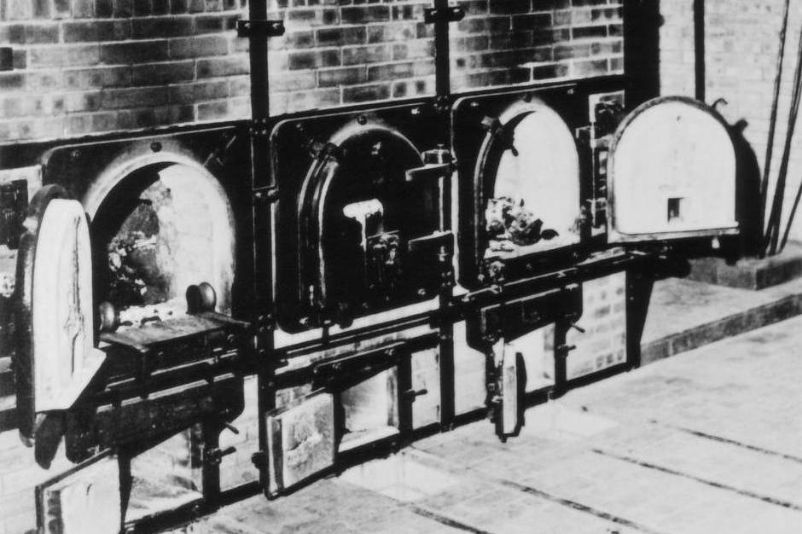
Volkhard Knigge: „Unschuldige Öfen“
Only available for download in German! Introduction of the accompanying volume to the traveling exhibition "Techniker der 'Endlösung'. Topf & Söhne – Die Ofenbauer von Auschwitz“. Commissioned by the Buchenwald and Mittelbau-Dora Memorials Foundation and edited by Volkhard Knigge in collaboration with Annegret Schüle and Rikola-Gunnar Lüttgenau and with the assistance of Johanna Wensch and Friedemann Rincke, Weimar 2005, pp. 5-11.
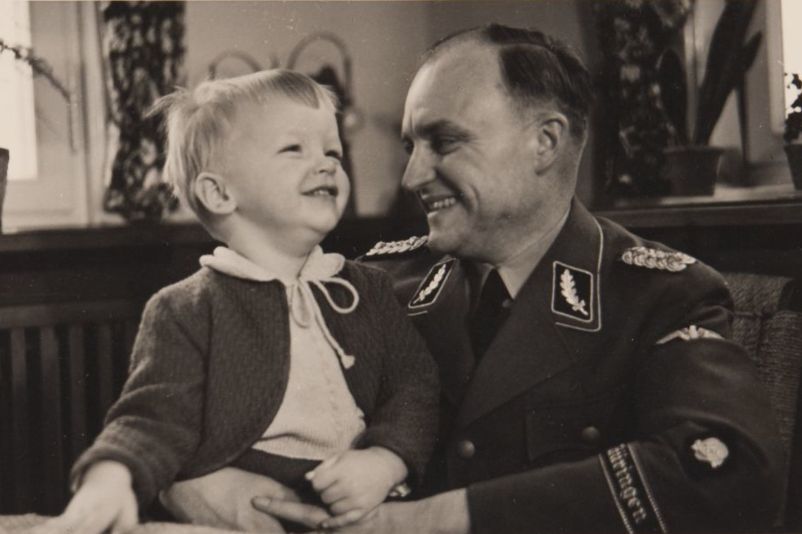
Sandra Starke: „Papi macht Witzchen“. SS-Soldaten als Knipser
Only available for download in German! It was forbidden to take photographs in the concentration camp. It was considered a military object and prohibition signs were clearly posted everywhere. No photos were allowed of the camp, which was built in 1937, especially not of outsiders. The first to take photographs in the camp were officers of the Weimar Criminal Police, who were documenting the construction of the camp on official assignment. Karl Koch, the camp commandant, frequently and insistently repeated the prohibition for the SS. Especially the commandant's area and the prisoners were not to be photographed.
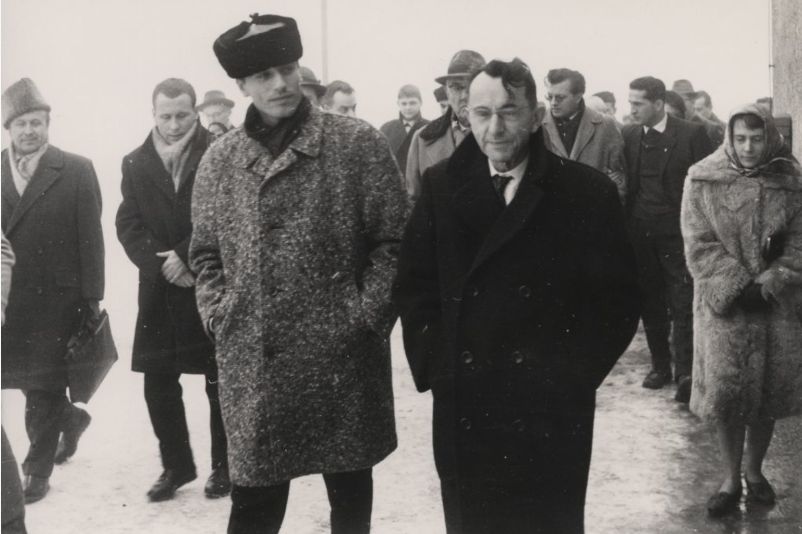
Harry Stein: „Nackt unter Wölfen“ - literarische Fiktion und Realität einer KZ-Gesellschaft
Only available for download in German! The novel "Naked Among Wolves" by Buchenwald prisoner Bruno Apitz was one of the most lavishly staged popular narratives about the world of concentration camps in the GDR. Its appeal continued even after the end of the GDR. It was based on a constellation that is far removed from the real events in the camps, but close to meaningful ways out of them: a group of men, themselves permanently threatened, saves a lost orphan out of unconditional moral conviction that gains the upper hand against doubters and functionaries; the unconditional conviction is a communist one and is legitimized by this act for the future.
Scientific articles on the Special Camp No. 2
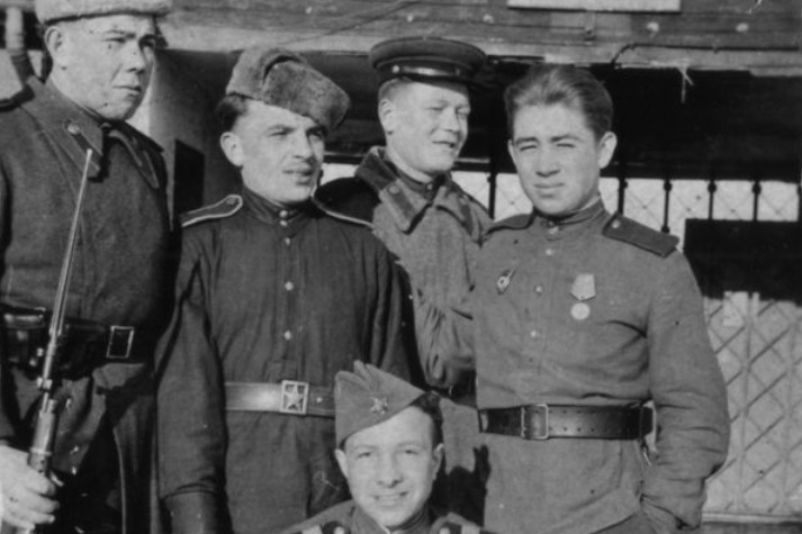
Bodo Ritscher: Die Einrichtung des sowjetischen Speziallagers Buchenwald im Jahre 1945
Only available for download in German!
A special camp for Thuringia
On August 4, 1945, Peter Rätz, a master machinist employed at the former Buchenwald concentration camp, appealed to the Weimar authorities. The Soviet commander had previously instructed that the German workers were to remain after the last foreign camp inmates had gone home, "because the work we were doing had to continue." Rätz wants to ensure that the ongoing vandalism in the camp is stopped and that the materials and equipment there no longer disappear. The memo makes its way through the authorities. When the municipal utilities want to act, the "removal of the objects stored in Buchenwald" is no longer possible. It is September 1, 1945, and the former Nazi concentration camp has become Soviet Special Camp No. 2.
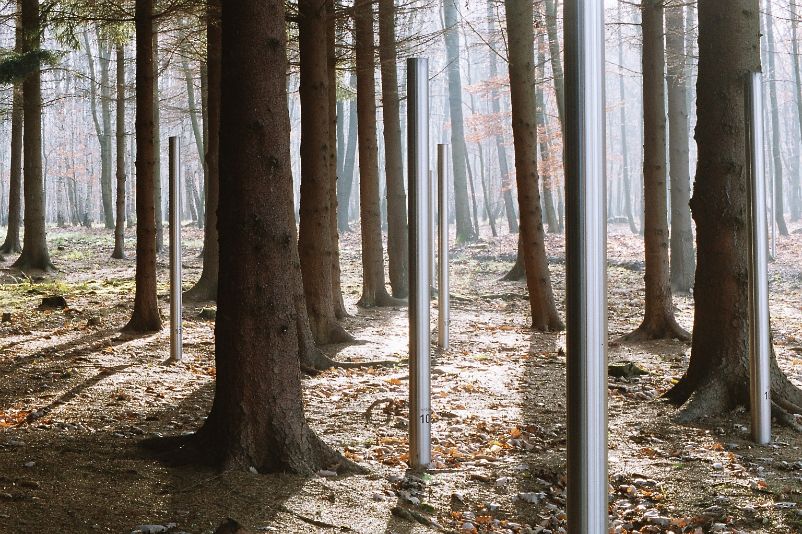
Volkhard Knigge: Zweifacher Schmerz. Speziallagererinnerung jenseits falscher Analogien und Retrodebatten
Only available for download in German! Published in: Petra Haustein, Annette Kaminsky, Volkhard Knigge, Bodo Ritscher (eds.): Instrumentalisierung, Verdrängung, Aufarbeitung. Die sowjetischen Speziallager in der gesellschaftlichen Wahrnehmung 1945 bis heute, Göttingen 2006, pp. 250-264.

